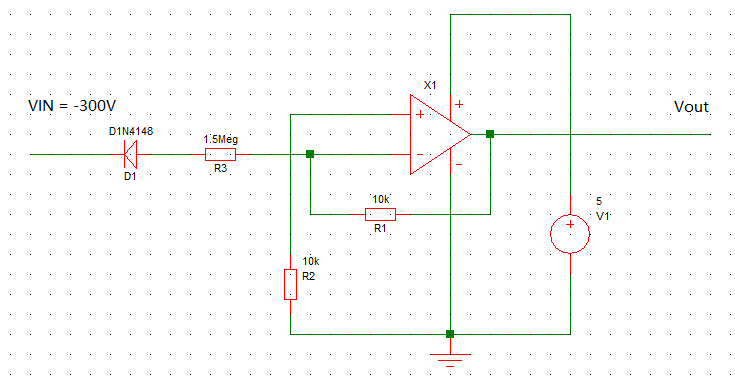Hi Team,
My customer used LMV641 for negative voltage detection, which VIN+ connect to V- with a resister, Vin- connect to the detected voltage via resister.
While Vin- signal(Negative Voltage) is existed before the LMV641 powered up(V+), the output of LMV kept as low, not with the expected value even the LMV641 has been powered up. Meanwhile, while the LMV641 powered up(V+) before Vin- signal(Negative voltage), the LMV641 worked as expected.
Support needs:
Could you kindly give comments for the reason that the LMV641 doesn’t work while the VIN- input signal existed before the device powered up?


